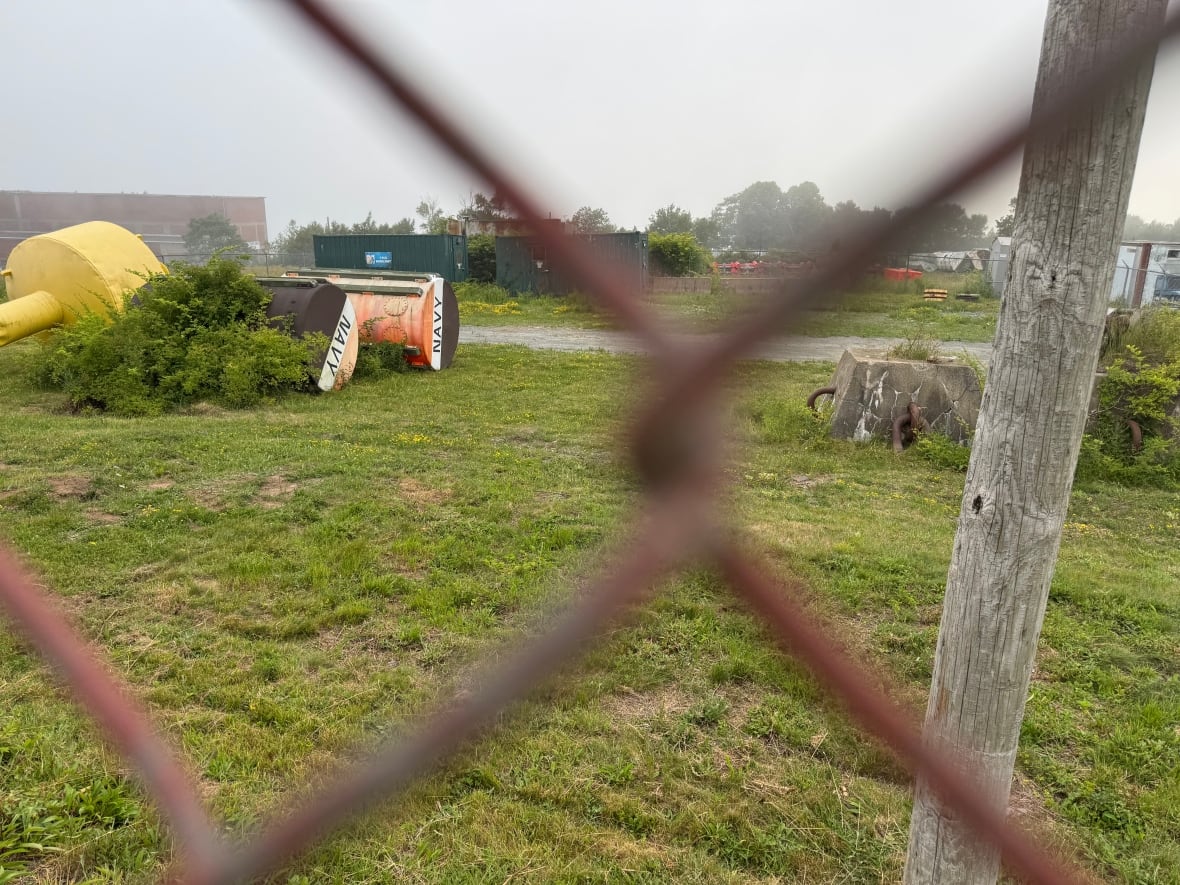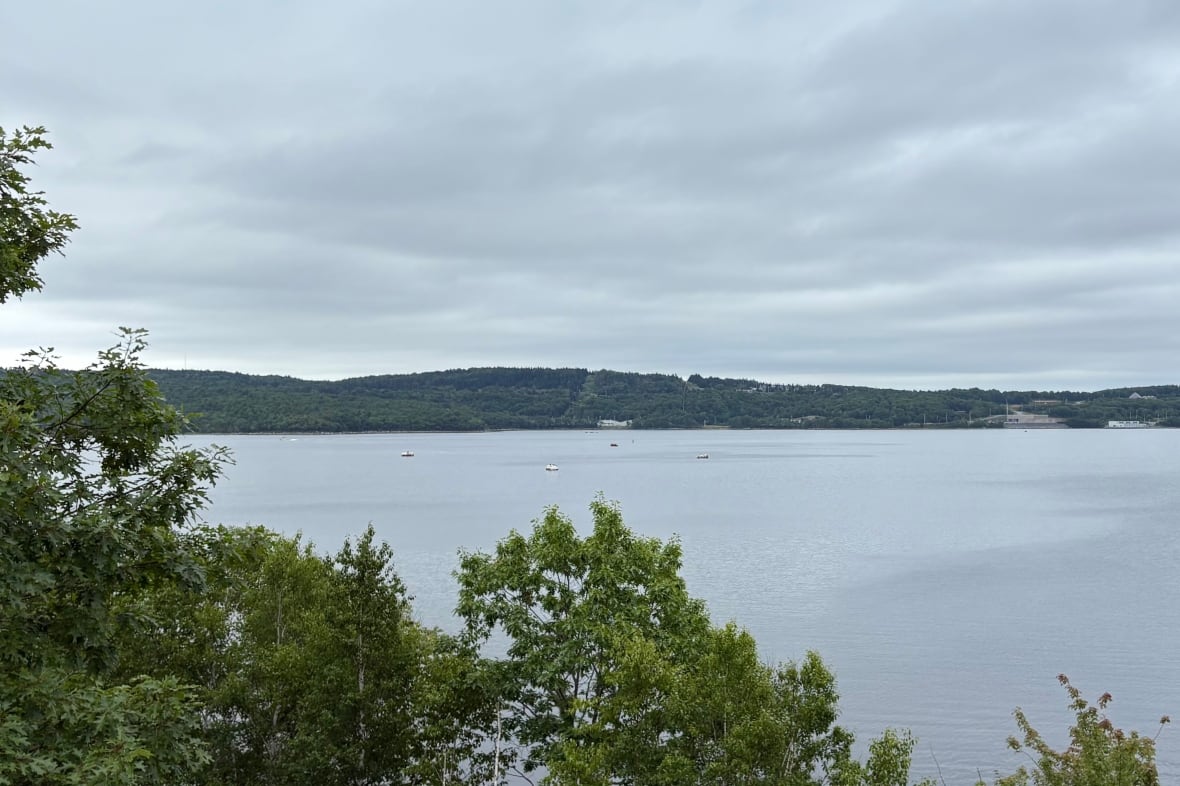Halifax incident where navy sailor died happened after boat hit unlit buoy: documents
Petty Officer 2nd Class Gregory Applin of Shoal Cove West, N.L., died after he was thrown into frigid water

An inflatable navy boat that capsized in the Halifax harbour in January struck an unlit buoy, according to documents obtained by CBC News through a freedom of information request.
Petty Officer 2nd Class Gregory Applin of Shoal Cove West, N.L., died after he and another sailor were thrown into frigid water at 9:25 p.m. AT on Jan. 24, 2025. Applin was 38 years old and had been with the Royal Canadian Navy for 19 years. The other crew member was sent to hospital and survived.
The inflatable boat — known as a rigid-hull inflatable boat or RHIB — was being used to transport staff ashore who had participated in training exercises.
After the day's trials were over, the boat was returning from dropping staff off at the Mill Cove jetty and was heading toward the naval dockyard.
The boat, which was more than seven metres long and had the capacity to carry about 10 passengers, then collided with an unlit buoy. This buoy was located next to HMCS Montreal, which was anchored in the water.

"The RHIB capsized and the two crew members went into the freezing water," says an incident report written by Halifax Regional Police Const. Anil Rana.
The report says a nearby pilot ship responded to a 911 call from from one of the crew and "both crew members were pulled from the water at 9:55 p.m.
Unclear why boat hit buoy
It's unclear whether the crew could see the buoy or if there was a malfunction on board that caused the crew to lose control and hit the buoy. On the night of the crash, it was cloudy and –12 C with light winds.
In an email to CBC News, the Canadian Forces Provost Marshal, which oversees Canada's military police, said Applin's death remains under investigation.
There are at least 11 unlit buoys in the Halifax harbour, including the one the RHIB hit, and they are marked on harbour charts.
Seven of the buoys are in the Bedford Basin and four are between McNabs Cove opposite York Redoubt. Some of the unlit buoys in the Bedford Basin are in a location labelled "military area." The top parts of the buoys can be seen sticking out of the water.

The buoys can be seen on dry land in the navy yard along Windmill Road in Dartmouth, N.S. They are about the size of a dumpster. They're orange, white and brown and have the word "NAVY" painted on them.
Maritime Forces Atlantic, a branch of the Royal Canadian Navy, would not say what the buoys were for or why they're unlit.
In a statement, Maj. Trevor Ackland said details could not be provided due to the investigation by the Canadian Forces Provost Marshal.
Purpose of unlit buoys
Stuart Andrews, a former Royal Canadian Navy captain who has been retired for 19 years, doesn't speak for the navy. He believes the unlit buoys are for something called degaussing, which reduces "a vessel's magnetic signature and thereby making it less susceptible to magnetic mines."
Andrews said this is achieved by way of mooring the ship to the buoys.
"They would wrap cables around the ship and they would run current through them and it would align and adjust the magnetic signature of a ship," he said. "I mean, all navies around the world do this."
2013 incident
Twelve years ago from his home, Andrews heard a pleasure craft hitting an unlit degaussing buoy in the Bedford Basin just after midnight on Sept. 30, 2013. He heard the people on board crying for help, so Andrews called 911.
"I couldn't see a thing, it was a pitch-black night, no moon," said Andrews.
All five people on board were sent to hospital. Some had broken bones and at least one person had a concussion. Two people swam to shore and three people were rescued from the boat. Everyone survived and no charges were laid.